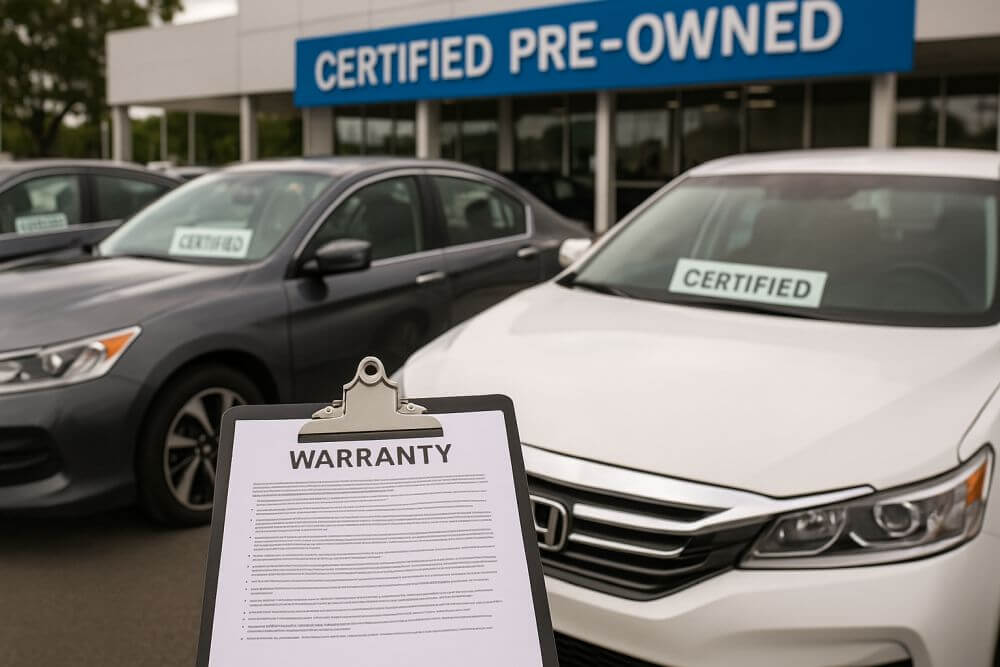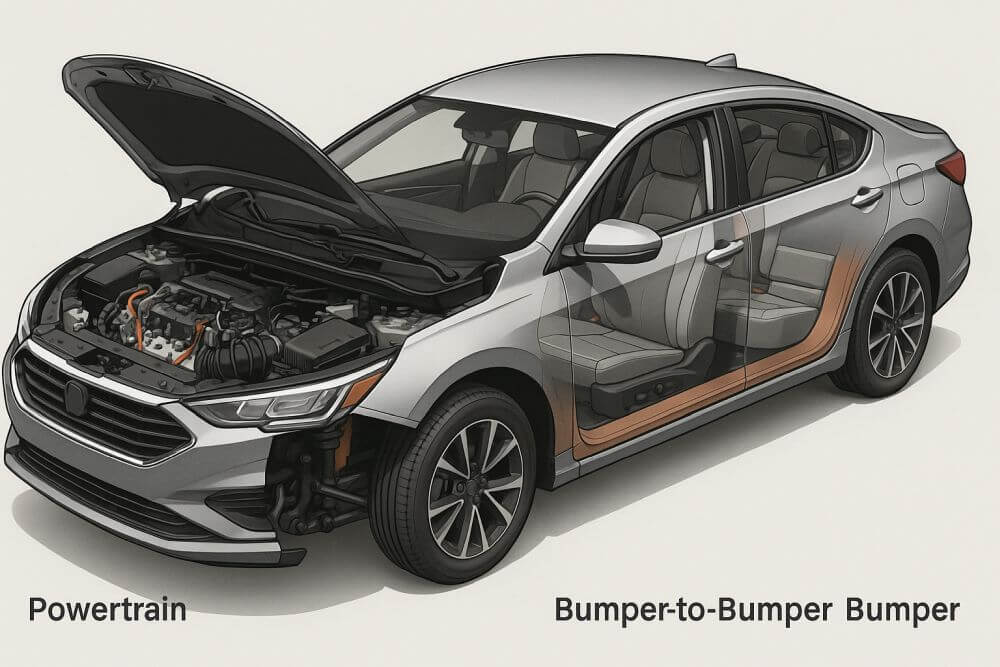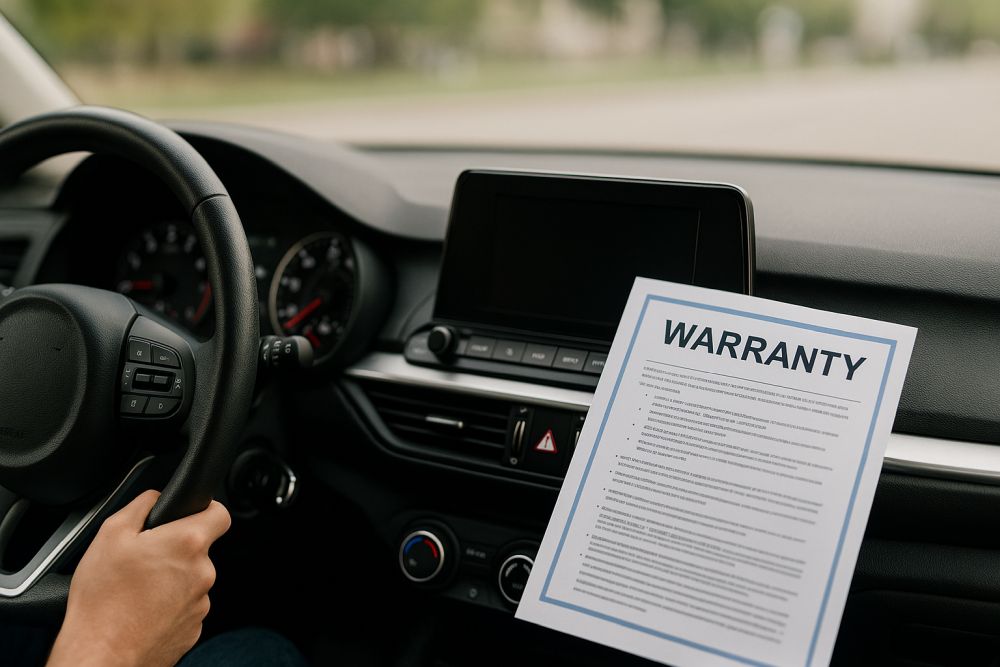According to used car experts like NadaGuides.com, an inspection is an essential step in the purchase of a used vehicle. This process should be performed by a mechanic of the buyer’s choosing – preferably someone the buyer already has a trusting relationship with. The inspection may cost a buyer a bit of money – the average inspection typically goes for around $100 – but the peace of mind it offers can be priceless.
If you are in the market for a used vehicle, check out the pre-purchase inspection points offered by NadaGuides.com and other experts you should cover before you take that vehicle home as your own.
Exterior Inspection
The exterior inspection, according to NadaGuides.com, provides a thorough assessment of the outside of the vehicles. Some of these may be done by the potential buyer prior to taking the car in for an inspection, while others are best handled by a seasoned mechanic. Points to cover in the exterior inspection include:
- Windshield free of cracks, pits and severe scratching
- Side mirrors present and free of cracks or rust, easy to adjust
- Colors of each body panel match up perfectly
- Magnet test done to ensure all panels are crafted of steel’
- Paint is not brand new, but also not overly worn, free of major chips and scratches
- Lights all work and are not broken or severely scratched
- Windows open and close easily, free from cracks or scratches
- Doors open and close easily, seal shut when closed
- Car sits evenly on both sides, with no rippling, sagging or uneven trim
- Windshield wiper blades are present and fully functional
- Bumpers and trim are all present, evenly installed and not loose
Interior Inspection
Wear and tear to the interior of a vehicle can reveal plenty about how much the car has been used. In addition, NadaGuides.com recommends the interior should be inspected for comfort of the driver and passengers. A complete interior inspection should include the following points:
- Upholstery is free of major tears, stains, burn holes, or unpleasant odors
- Carpet is intact, without rips, fraying, thinning, or major stains
- Driver’s and passenger seats are comfortable, with plenty of leg and head room
- Seats slide back and forth easily and headrests are comfortable and easy to adjust
- Interior lights, including reading and vanity lights, all work comfortably
- All of the dials on the dashboard are functional and operating properly
- No dashboard lights remain illuminated when the car is running
- Seat belts are all present, easy to adjust and fully operational
- Heater, air conditioner and fans work properly
- Stereo and other entertainment features are fully operational
- Trunk opens easily, with no musty smell or signs of water damage inside
- Other features, such as defoggers, windshield wiper cleaner, and blinkers work properly
- If car is equipped with additional features like a sunroof or car alarm, these should be fully inspected as well
Engine Inspection
The engine inspection may be the most important component of your pre-purchase inspection. NadaGuides.com suggests potential owners may be able to check out more of a car’s engine features than they think, even if they are not mechanically inclined. However, a thorough inspection should probably be left to the professionals. Some of the points to include in an engine inspection are:
- Engine is clean and free from fluid or oil leaks
- Battery is also clean, without signs of corrosion or leakage
- No black deposits located around oil filler neck, oil is light brown in color
- Oil dipstick is relatively clean, without thick, black oil deposits
- Engine does not emit any odors or make any loud knocks when running
- Exhaust emissions are neither black nor blue
- The car idles smoothly, without popping or rattling during acceleration
- There are no fresh drops of fluid on the pavement underneath the car’s engine
Tire Inspection
Tires can be expensive to replace, so check out the tires on a used vehicle before purchasing as well. While worn tires may not be a make-or-break issue in the purchase of a car, price should be adjusted accordingly. According to NadaGuides.com, a tire inspection should include the following:
- Tread on tires should be at least 1/16 of an inch or more
- Tires should be from a reputable manufacturer, such as Michelin, Good Year or Bridgestone
- Unequal wear on the treads could signal problems with shocks or misalignment
- All tires should be the same size and from the same manufacturer
- Tires do not have any cuts or cracks on the surface
- Spare tire, jack and lug wrench are included and fully operational
- Tires are free from nails, screws or other sharp objects embedded in the tread
Transmission Inspection
Whether the vehicle boasts manual or automatic transmission, the following points should be included in a transmission inspection:
- Transmission fluid is clean and not gritty with an automatic transmission
- Manual transmission gears shift smoothly and easily
- Automatic transmission engages right away, without slipping
- Neither manual nor automatic transmission grinds in reverse
Brake Inspection
The brakes are one of the most important safety features for any vehicle, according to experts like NadaGuides.com and others. To inspect the brakes thoroughly, consider the following points:
- Vehicle does not pull to one side when brakes are engaged
- Brake pedals do not show excessive wear and tear
- Brakes to not squeal or make grinding noises when engaged
- Parking break engages and disengages smoothly
Miscellaneous Inspection
In addition to the many points listed above, there may be some miscellaneous points to cover in an inspection. These points may differ between experts like NadaGuides.com and others, and may include:
- Owner’s manual should be stored in the glove compartment of the vehicle
- Headliner (fabric on interior roof of car) should be clean and free of tears
- Service and repair records are provided to show vehicle’s history
- Vehicle history report is free of red flags like salvage titles, questionable use or odometer fraud
Purchasing a used vehicle can be an economic choice today, but it can also be a process filled with worry and uncertainty. By taking the time to perform a pre-purchase inspection, you can have peace of mind in knowing the car you choose is in the best possible condition.


